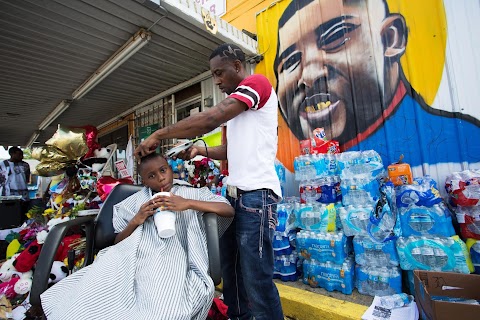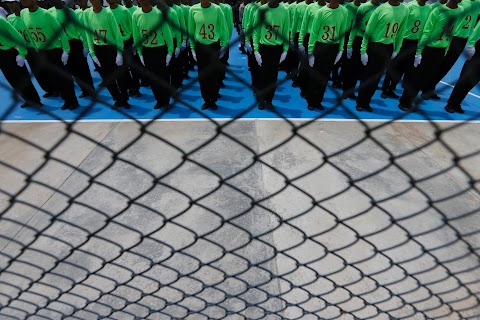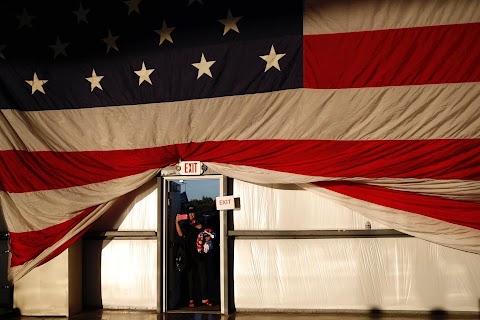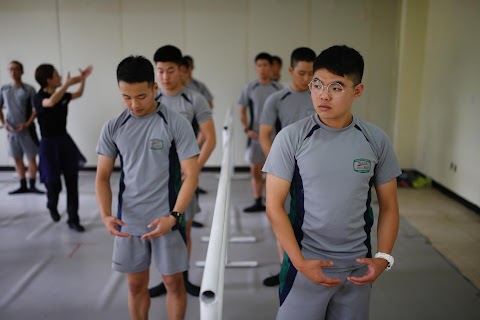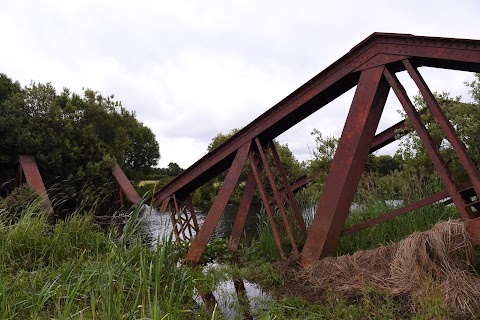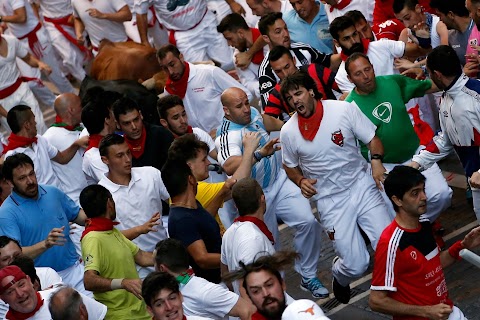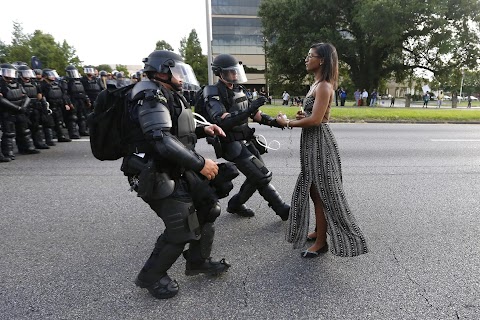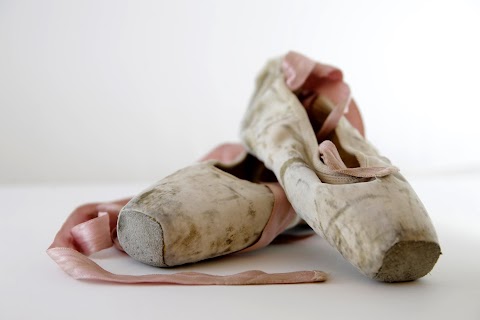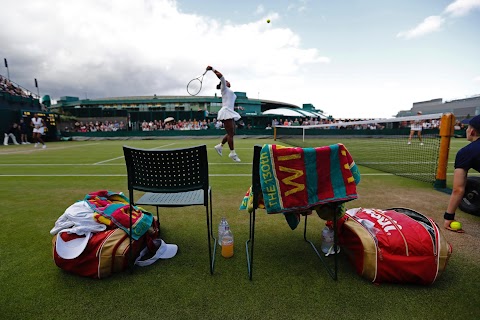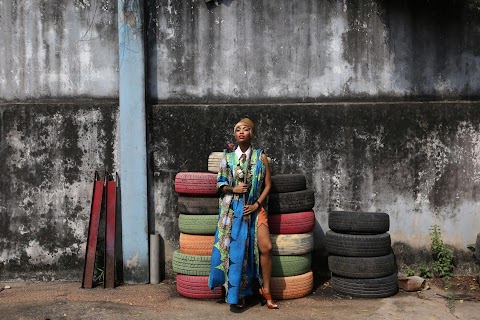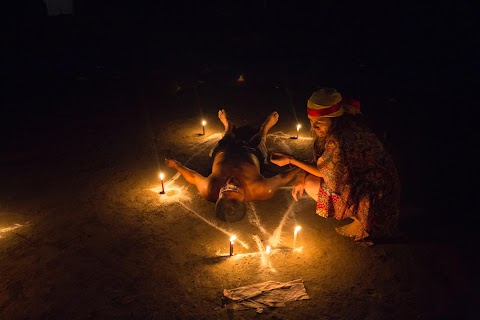In the eyes of four-year-old Autumn Unaeze (left), her grandfather in his blue police uniform is a superhero protecting people.
Yet, there are troubling realities about police that her mother knows she must begin sharing with her: first, how other officers could harm her black family, and then how law enforcement officers can be targets themselves, after three were killed in an attack near her Baton Rouge home on Sunday.
Families that may have once discussed racial disparities in policing with older teens now face questions from preschoolers such as Autumn, who want to know why people are being so mean. Others ask why people are protesting or why police now face ambushes as in Baton Rouge and Dallas, where five officers were killed earlier this month.
"She's already seen enough," said mother Elizabeth Unaeze, 27, who finally just turned off the television news on Sunday, after learning that her father was safe. "I don't want to create an atmosphere of fear, even though we as parents are so afraid."
Her daughter and two-year-old son already had picked up on sadness and grief at the grocery store, after the fatal police shooting on July 5 of Alton Sterling, 37, at a local convenience store ignited nationwide protests.
Like other African-American parents here, Unaeze wants to reinforce their trust in authorities, but also knows caution could become an essential survival skill.
"There's no pamphlet. There's no guide. I am sure there are no coloring sheets," she said.
